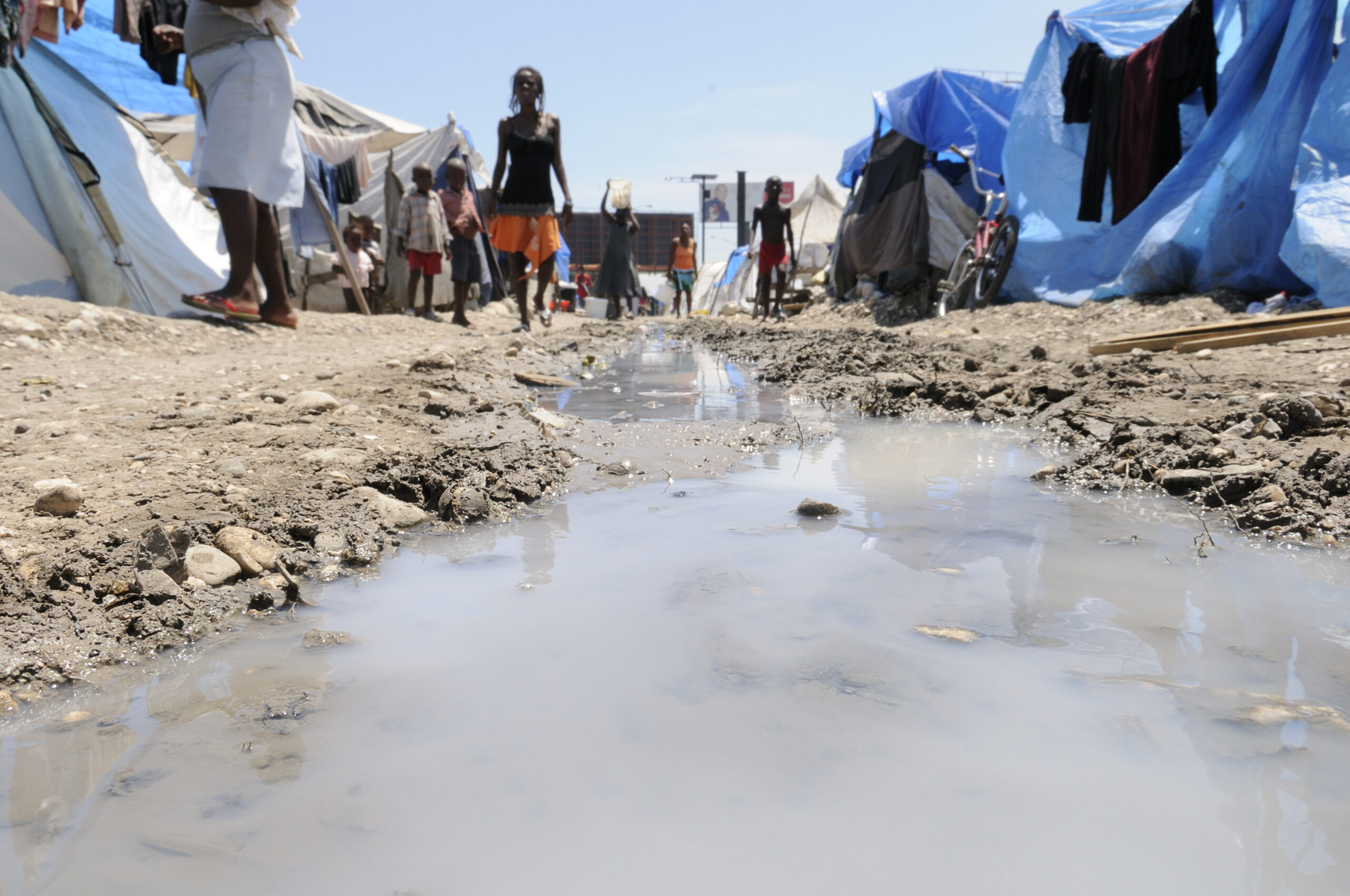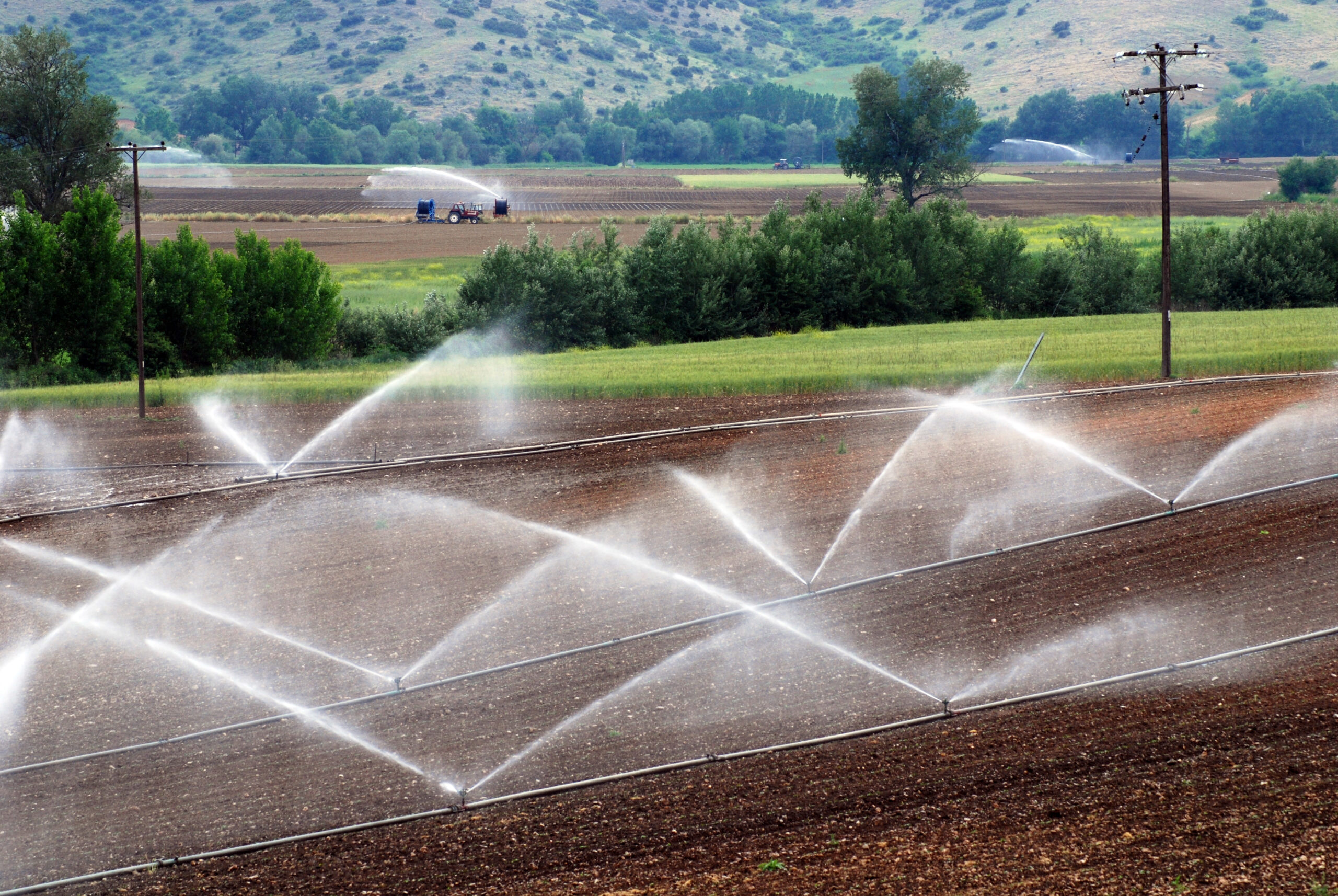From Toilet to Tap in Singapore

Singapore, a vibrant and unique island nation, has become a hub for technology, innovation and sustainable practices. Their ability to make the most of their resources is unmatched and has positioned them as international trailblazers for a better future. This comes as no surprise, after all as a place that approximately 5.8 million people are proud to call home, its small size and rapidly growing population present unique challenges in these arenas. Particularly when it comes to meeting the ever-increasing demand for water.
In tackling this challenge, Singaporean leaders have adopted a multifaceted approach to ensure that the water that enters their water cycle can remain there for as long as possible. To make this happen water reclamation and reuse systems play a pivotal role. So how do they do it? Central to infrastructure is Singapore's Deep Tunnel Sewage System (DTSS). This innovative system operates seamlessly to collect, convey, and treat wastewater, playing a crucial role in the nation's water reuse endeavors.
Collection
The process begins with the meticulous collection of wastewater from various sources across the island. Residential areas, commercial districts, industrial zones, and other facilities contribute to the wastewater stream. Through an extensive network of smaller pipes and drains, sewage from homes, businesses, and industries is channeled into the sewer network, culminating at designated collection points known as DTSS nodes.
Conveyance
Once gathered, the wastewater embarks on an underground journey through a network of deep tunnels to wastewater treatment plants (WTPs). These tunnels, constructed at considerable depths beneath the surface, optimize the flow of sewage while minimizing energy consumption. Advanced engineering techniques, including tunnel boring machines, facilitate the efficient excavation and construction of these tunnels, ensuring the smooth conveyance of wastewater.
Treatment
At the wastewater treatment plants, sewage undergoes a rigorous treatment process to remove impurities and contaminants. This process, comprising multiple stages such as microfiltration, reverse osmosis, and ultraviolet disinfection, ensures that the treated wastewater meets stringent environmental standards. Advanced technologies, including membrane bioreactors and ultraviolet disinfection, enhance the efficiency and effectiveness of the treatment process.
Public Education and Acceptance
Despite the technological advancements and rigorous treatment processes, the acceptance of water reuse systems can be difficult to adopt due to public fears and concerns surrounding the use of wastewater. After all, water contamination is a growing issue around the world.
Recognizing this, Singapore has implemented aggressive public education programs to overcome psychological barriers and fears associated with wastewater reuse. By fostering understanding and trust in the safety of reclaimed water (branded as NewWater), Singapore aims to ensure widespread acceptance and utilization of reclaimed water for various non-potable purposes.
The Singapore Deep Tunnel Sewage System epitomizes a state-of-the-art infrastructure solution for managing wastewater in an urban environment. Through the integration of advanced technologies and engineering innovations, the DTSS ensures the efficient collection, conveyance, and treatment of sewage, safeguarding public health and the environment for generations to come. With a steadfast commitment to innovation and sustainability, Singapore continues to lead by example in water management, setting a benchmark for nations grappling with similar water challenges worldwide.


